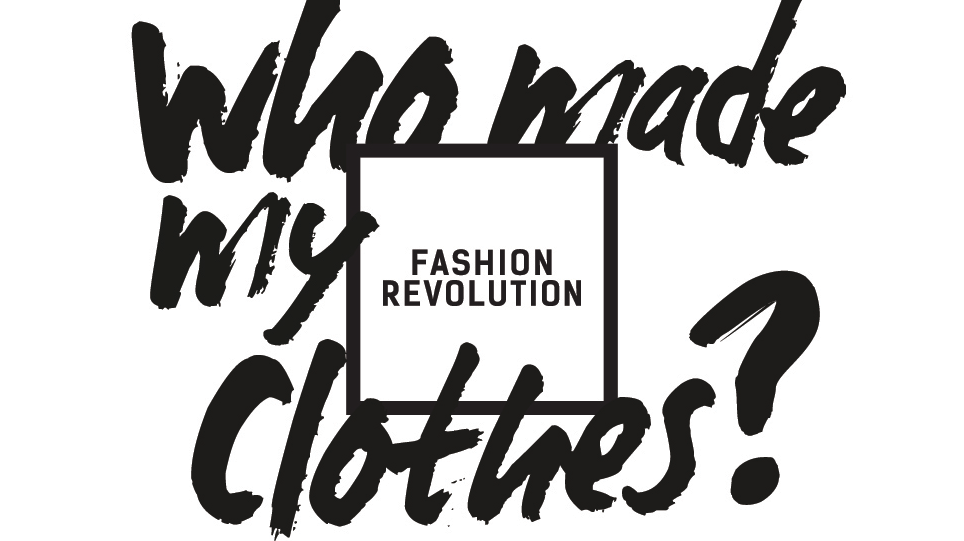Fashion’s 18-Hour Workday: The Crisis We Can’t Ignore

The Labour. The Modern Slavery. The Silence.
That t-shirt, those denim jeans, this scarf, or that perfect white shirt someone just ordered for a discount. Have you ever stopped to wonder who made them? Who is behind that fabric? Not to digress from the uncomfortable truth that the fashion industry, particularly fast fashion, thrives on a model that pushes millions into modern slavery. That’s what it is, no matter how soft the cotton or trendy the cut.
96 Hours a Week Isn't Work
In most parts of the world, the idea of a "full-time job" revolves around a 40-hour workweek. Some allow up to 48 hours as the maximum. Fair enough. But why is fast fashion forcing its workers to clock in 75, 85, even 96 hours a week?
Yes, 96 hours. That’s more than double the accepted global standard. It’s exhausting, it’s dangerous and exploitative. And NO. It’s not employment. 96 hours per week can absolutely not be called working hours, it's inhumane labour.
Every sweatshop hidden secretly has different types of labour hours, and many women and child labourers can be found too.
A garment worker quotes, "If there are 31 days in a month, I will work 31 days."
Let’s be honest. When we scroll through hauls, outfit-of-the-day posts, or neatly organized drawers full of new clothes, do we ever see the factories behind those garments? Never. Because that story isn’t pretty. It doesn’t trend. It is hidden behind labels built on 18-hour shifts, $3-a-day wages, and zero dignity.

The Numbers No One Talks About
The global fast fashion industry employs over 75 million people. That number is likely much higher today and is only growing. The majority of these workers are women, often in vulnerable communities with little to no protection. Then there's the unforgivable child labour.
The fast and mass produced industry, with constant changes to orders and tight deadlines, often forces workers to work extra hours. Some studies show that many workers are afraid to say no to overtime because they're worried about losing their jobs. How is this even considered a 'job'? We can't really say.
Apart from known fast fashion brands, many fashion brands hide and exploit within the same cycle. According to Dr. Sheng Lu, University of Delaware, in Ethiopia, one of the world’s fastest-growing garment hubs, the minimum wage is just $26 per month that’s less than 1 euro per day.
Many workers live in cramped, unhygienic conditions, with no time off or medical care. A huge part of the abuse lies in the pressure to accept endless overtime in the fashion supply chain.
According to a 2021 report by Emma Ross from George Washington University, global clothing consumption has skyrocketed, with 80 billion garments bought every year, and a 400% increase from just two decades ago.
And guess what? 85% of these garments end up in landfills.
#WhoMadeMyClothes
This is why Fashion Revolution's #WhoMadeMyClothes is important and needed. You and us together asking, becoming their voice, is important. It’s also us saying we won’t look away anymore.
We need to ask, to pressure, to demand real accountability.
And the pressure works. Brands only move when consumers demand it. Transparency reports will become the norm only when people start asking tough questions.

(Image credit: Fashion Revolution - #WhoMadeMyClothes Campaign)
A Living Wage Is A Human Right
The Clean Clothes Campaign has defined a living wage as the minimum a worker should earn in a standard 48 hour workweek that should be enough to cover basic needs like food, housing, education, and healthcare for themselves and their family.
It sounds basic, right? But most garment workers don’t even make enough to cover one of those needs. Meanwhile, fashion influencers get thousands to promote hauls that were likely stitched in unsafe factories.
It’s not just the usual suspects. Plenty of luxury and premium brands outsource to the same factories under subcontracting deals that never get disclosed.
So, is any of it worth it? Are these mass targets set by fast fashion to be completed by workers in 70 to 90 hours per week worth even one cent?
We all know the answer. It’s a loud, unanimous NO.
Then why are we letting this happen to this date?
When we choose slower fashion,
When we question the next haul video,
When we don’t fall for sales gimmicks,
The brands will have to respond. No demand, no supply.
Because if we don’t buy into this mass production mess, who will they sell to?
If we stop following every influencer pushing 20 outfits a week, who will they promote to?
If we say no to this system, what will be left to exploit?






Leave a comment